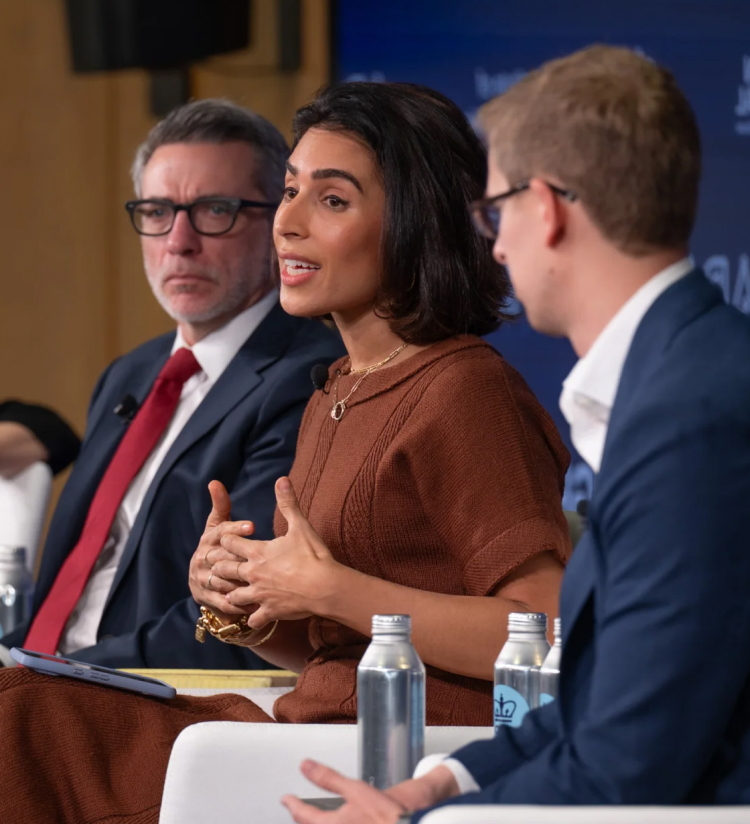The problem with today’s youth is…


Not a damn thing honestly. Our youth, the next generation of leaders, thinkers, and doers have actually never been the problem. It boils down to the issues they face daily and the lack of resources to assist them where problems actually exist. Working with youth wasn’t something I ever really had an interest in early on. But looking back at a 12 plus year career of working with young people aged 8-22 years old, I’ve learned some things. I, like so many others, thought, “Kids are just bad, and they don’t have any direction.” It wasn’t until I started working within our communities, getting to know families, spending time at their dinner tables, in the schools, and everywhere in between that I realized that we can never label our youth as “bad” when there are so many systems and factors that that have a hand in how they are growing and maturing.
How easy has it been for us to put the blame on children without doing a deep dive into systems that shape their behavior? In no way am I seeking to bash individuals or entities but rather provide an alternative perspective on how two major structures—educational, and social, — influence young people and how they navigate the world. By shifting our focus from blame to understanding, we can begin to address the root causes rather than just the symptoms
Let’s take into consideration that the later half of Gen Z (2006-2010) and all of Gen Alpha (2010-present) are growing up in a world that I, my peers, our elders, and our predecessors have never known. While some elements may feel familiar to our upbringing, today’s young people are navigating an entirely different landscape. While some youth and young adult experiences remain universal—like identity development, peer pressure, family dynamics, and the desire for independence-we know that the familiar coupled with the uncharted territory of today’s society, does not make the experience any easier for them. If we truly seek to understand the existing hardships of growing up, we can’t look to our previous understanding of our lived experiences. That world is gone. The current political climate, the consistent growth of achievement gaps present in education, the influx of digital misinformation, the rapid evolution of technology, constant exposure to crises through social media, and the lack of mental health resources—all of these factors have created an environment unlike anything we experienced. Let’s also note that the more marginalized the group, the more exacerbated these issues become for them.
As it relates to education, In 2018, when I founded The Girls Are Alwrite, I saw firsthand the disparities in reading and writing proficiency among students of color. The 2016-2017 Virginia Standards of Learning (SOL) test scores revealed a 67% pass rate in reading and 65% in writing for Black students. For Hispanic students, the rates were slightly higher at 71% for reading and 70% for writing. In contrast, their white counterparts had an 86% pass rate in reading and 85% in writing, while Asian students scored 91% and 92%, respectively.
Seven years later, following the life altering events of COVID-19 pandemic, the shift to virtual learning, rising incarceration rates, political unrest, racial tensions, schools reopening for in person learning, consistent decreases in school funding, and the banning of books, these gaps have widened. The 2023-2024 SOL results show an even sharper decline for Black and Hispanic students—Black students now have a 60% pass rate in reading and 61% in writing, while Hispanic students have dropped to 59% in reading and 66% in writing.
While White and Asian students also saw slight declines, their pass rates remain significantly higher. White students scored 82% in reading and 85% in writing, while Asian students scored 87% and 90%.
As someone passionate about Youth Development, I see how today’s students navigate the digital landscape they’ve turned to for solace. Social media plays a major role in shaping their identities and relationships, all while they face the pressures of academics and the challenges of America’s economic and environmental instability.” Social Platforms, while widely accepted and utilized as a tool to connect with and educate the masses, have also been an aiding accomplice in some of the issues our youth face. In 2023 The Pew Research Center shared their findings from research on Teens and Social Media usage. Findings show that 95% of teens 13-17 use YouTube, TikTok, Instagram and Snapchat. The American Psychological Association reports that most teens spend 4.8 hours a day on social platforms. Youth of today spend almost as much time if not more in digital communities they’ve found or created as they do at school or at home. It’s important to acknowledge the significant influence it has on their development, self-perception, and interactions with the world around them.
The truth of the matter is that youth are only products of the environment that the adults around them create, uphold and foster. Whether it be home, school, or through the influence of social media, how these children and young adults show up in the world falls back on the direct responsibility of us as the village. Our attitudes, resources, and structures we put in place shape their opportunities, behaviors, and overall development. If we don’t show up in the giving spirit of our time, knowledge, wisdom, and resources, then can we truly point the finger at them being the problem? I encourage you to ask yourself, ‘Am I truly doing all I can as a member of my community to show up in a young person’s life?’ If the answer is no, I implore you to get involved. No longer can we paint youth as the “problem” if we aren’t willing to do all that is within our power to create some solutions. Our presence in the lives of young people is no longer optional. It’s imperative if we want to see them continue to grow. The youth were never the problem. It’s us.

Unexpected expenses can happen without warning—a flat tire, a medical bill, or a sudden pet emergency. Having an emergency fund...

Back Who We Are Our Purpose We ignite human potential to build understanding and create new possibilities for a better...

Property tax appeals platform Pricing is based on an annual subscription Receive a AI-powered property assessment within seconds AI-powered platform...